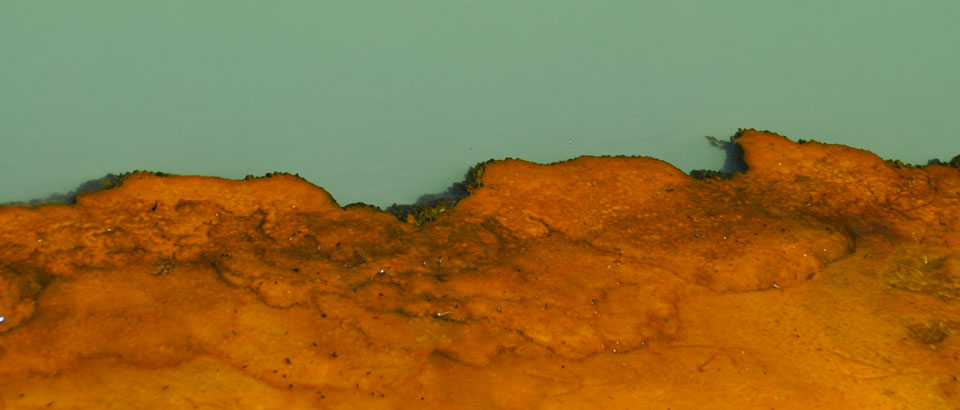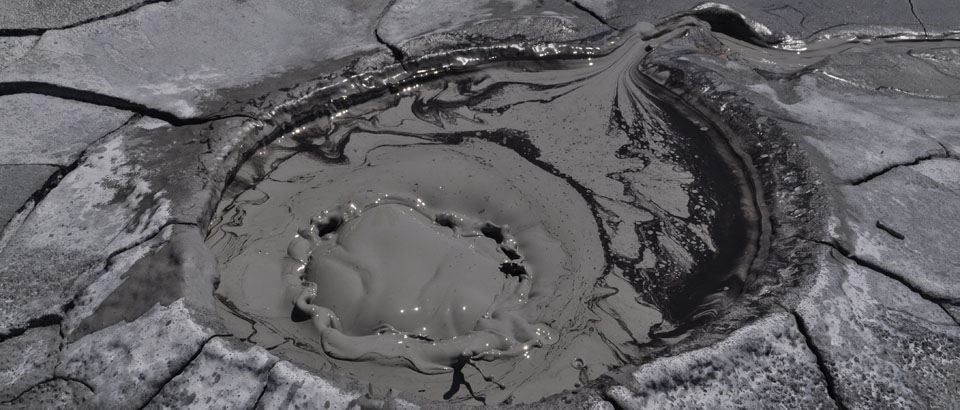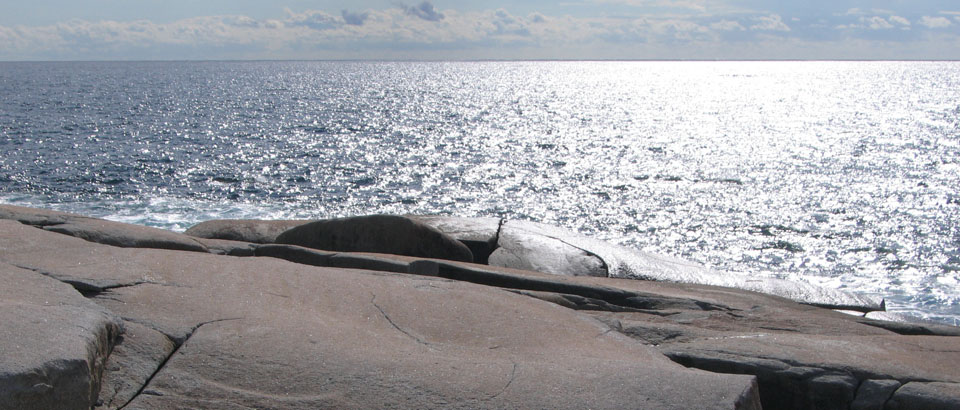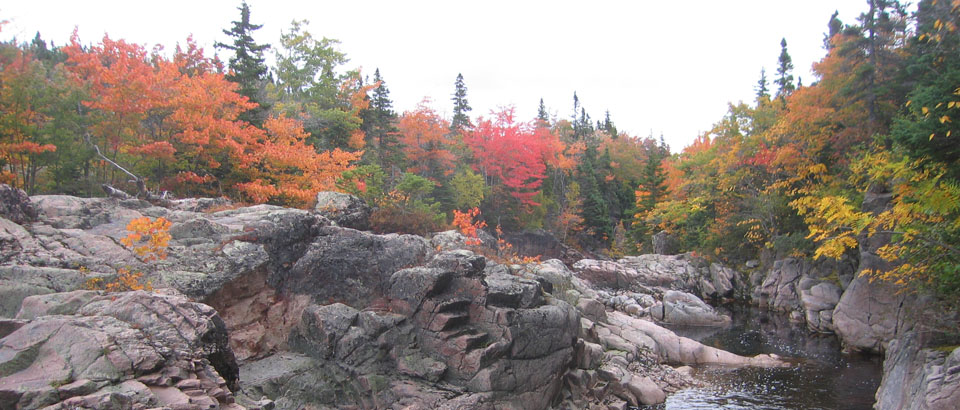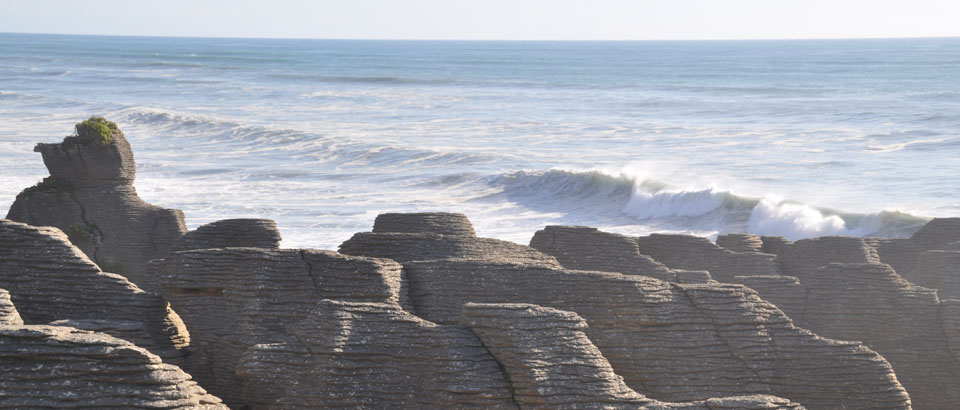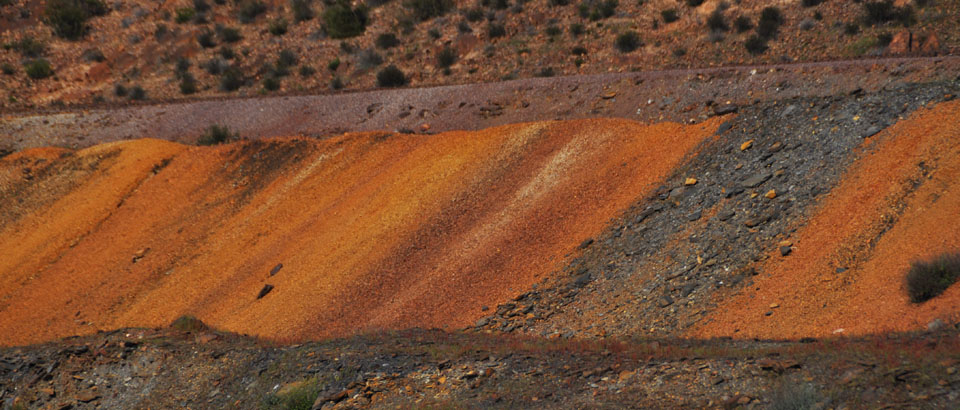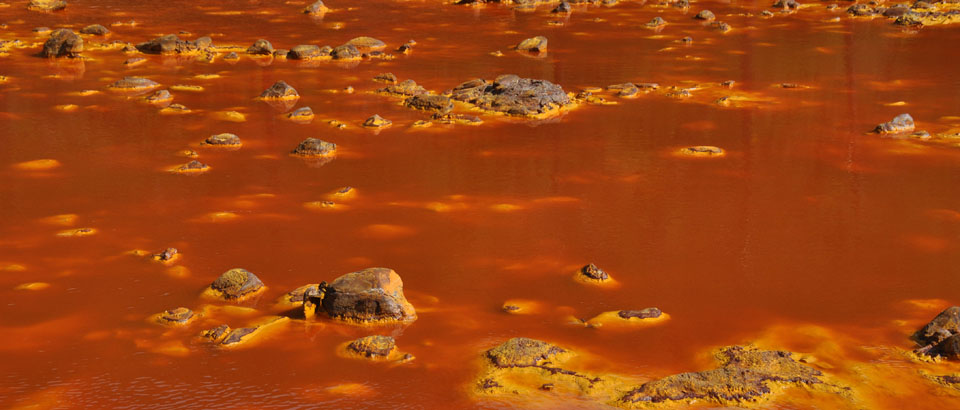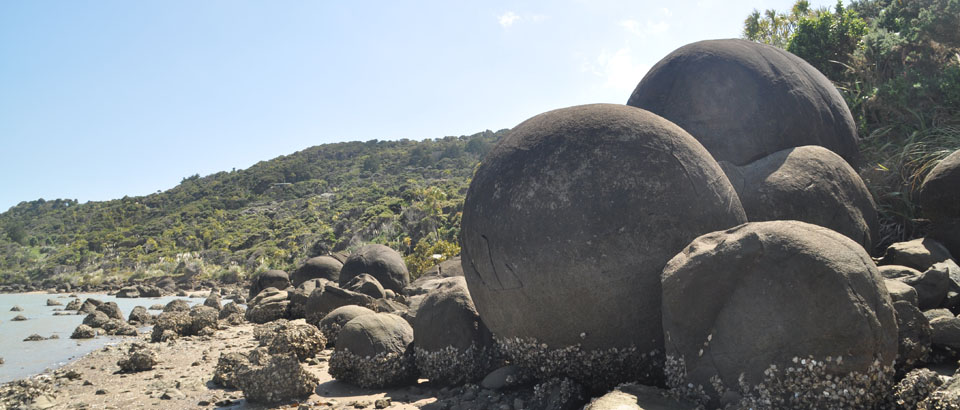Self-Subduction of the Pangean global plate. G. Gutiérrez-Alonso, J. Fernández-Suárez, A.B. Weil, J.B. Murphy, R.D. Nance, F. Corfu, S.T. Jhonston. 2008, Nature Geoscience, 1, 549-553. DESCARGAR-DOWNLOAD.
RESUMEN-ABSTRACT
One of the most striking and rare occurrences in the Earth’s history is the amalgamation of most of the continental lithosphere into one supercontinent. The most recent supercontinent, Pangaea, lasted from 320 to 200 million years ago. Here, we show that after the continental collisions that led to the formation of Pangaea, plate convergence continued in a large, wedge-shaped oceanic tract. We suggest that plate strain at the periphery of the supercontinent eventually resulted in self-subduction of the Pangaean global plate, when the ocean margin of the continent subducted beneath the continental edge at the other end of the same plate. Our scenario results in a stress regime within Pangaea that explains the development of a large fold structure near the apex of the Palaeotethys Ocean, extensive lower crustal heating and continental magmatism at the core of the continent as well as the development of radially arranged continental rifts in more peripheral regions of the plate.


